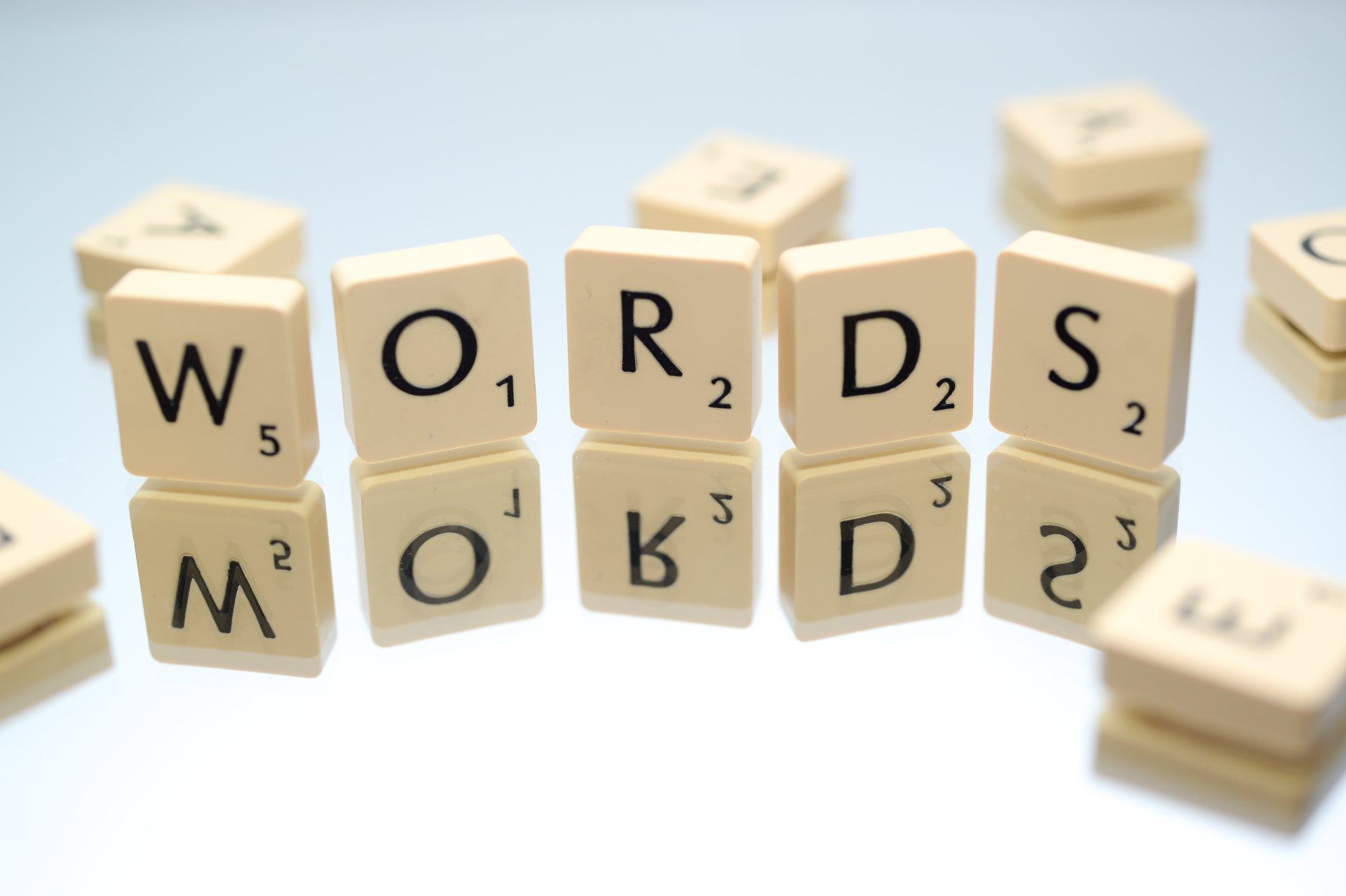Blog
Prosody: What Is It and Why Does It Matter?
When some people hear the word “prosody,” they might think it sounds like the name of an Internet startup or a new medication. Prosody— the pitch, tone, volume and rhythm in oral reading—is an important component of fluency. The National Reading Panel describes prosody as “proper expression,” and when teachers are explaining it to their students, they might say, “Try to read like you talk.” Readers who use correct prosody group words into phrases rather than reading word-by-word. This expressive style of reading shows that readers understand what they’re reading, and it helps listeners understand better as well. When we listen to an expressive reader, we’re able to create meaning as they read, just like we create meaning for ourselves as we read silently.
Is it possible to teach prosody, or do kids simply learn it naturally? Tim Shanahan, a leader of the National Reading Panel and former first grade teacher, believes that evidence supports direct teaching of prosody. In a recent blog post, he cites research by Wolters, Kim, & Szura (2022) that found that prosody plays a part in not just fluency but also reading comprehension, because it allows readers to create and maintain meaning in what they read.
The teachers who developed One Minute Reader agree with Shanahan: Prosody matters and should be taught. You can tell that we care about prosody when you listen to the audio recordings of the stories in the Read Along step of our program. The narrators in our audio recordings are real people (not robots!) who emphasize important words while they’re reading, make exclamations sound exciting and questions sound uncertain, and so on. When kids read along with these recordings, imitating expression and phrasing, their prosody and comprehension both improve. Good reading comprehension is dependent on more than reading individual words correctly. In order to make meaning out of text, readers need to develop the ability to “chunk” words into phrases. Kids who work in One Minute Reader are taught this skill through the Read Along step.
In his blog post, Shanahan also mentions that repeated reading, another strategy incorporated into One Minute Reader, has been found to improve the prosody of early readers (Logan, 1997; Stoddard, Valcante, Sindelar, O'Shea, & et al., 1993). When kids practice reading the same passage over and over, as is required in the Read Alone step of One Minute Reader, they are improving their accuracy, their automaticity, and their prosody. Combining the audio-supported Read Along step with the Read Alone step in One Minute Reader gives kids important tools to read more expressively and fluently.
Prosody is emphasized throughout the process as kids work through the steps of One Minute Reader. This focus on prosody not only allows kids to sound like better readers, but it helps them to actually be better readers—readers who are fluent and who comprehend the material.
Check out One Minute Reader to learn more about how teacher modeling and repeated reading work together to develop students' literacy. And be sure to read Shanahan's informative article on the importance of prosody.
Highlighted Posts


Ready to see an improvement in your child's reading?
Sign up today and get seven days for FREE.
One Minute Reader is just $8 per month after your free trial.
